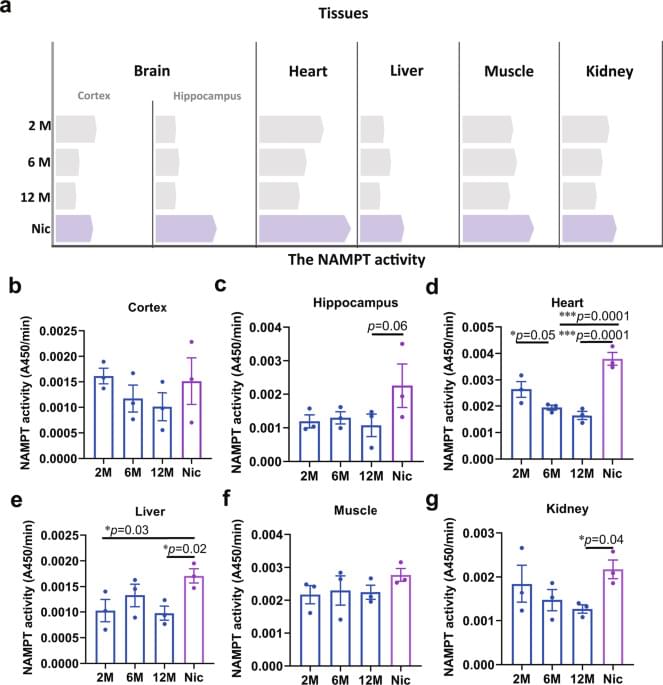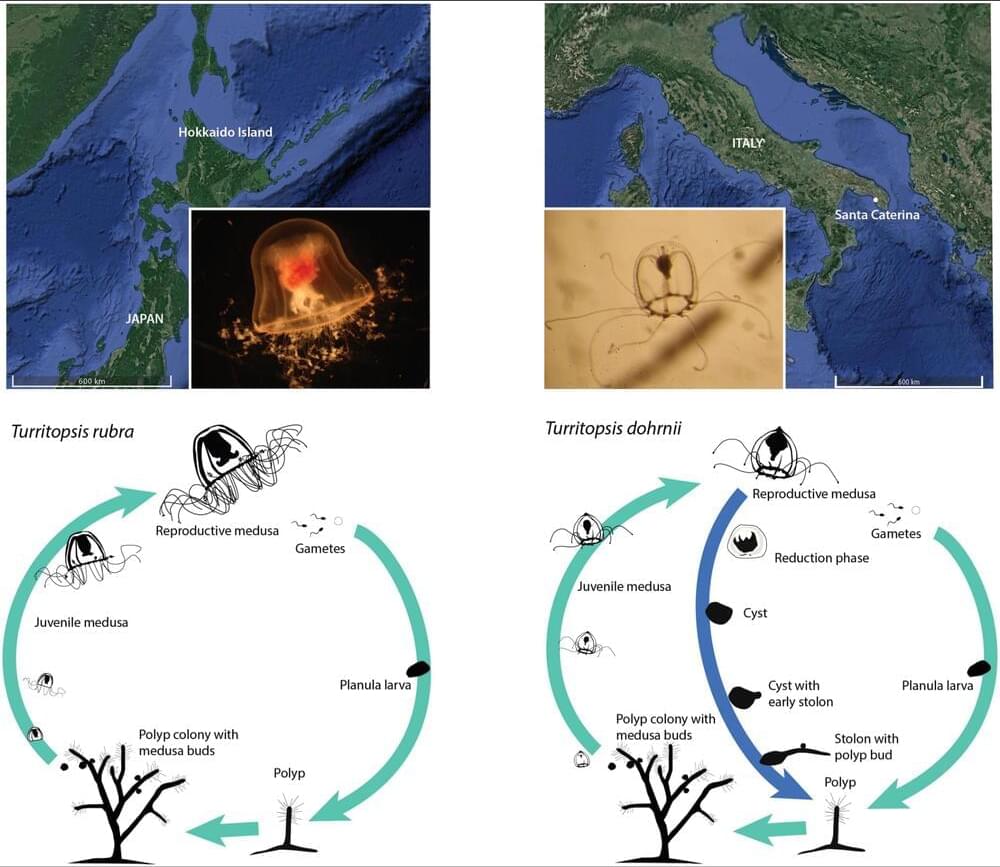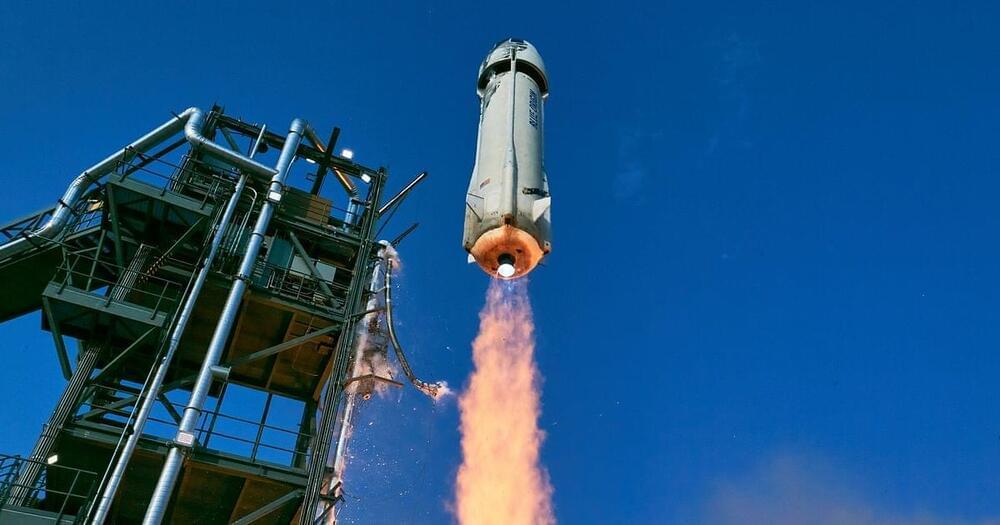This also an amazing supplement that also exists in all foods called nad plus that stops age related symptoms.
Nicotine, a metabolite of the NAD+ metabolic pathway, has been found to possess anti-inflammatory and neuroprotective properties, yet the underlying molecular mechanisms remained unknown. Here, the authors show that low-dose nicotine promotes SIRT1 deacetylation of NAMPT and enhanced NAMPT activity which boosts NAD generation and improves age related symptoms.








